Auckland Island’s restoration will be one of the world’s largest pest eradications – and New Zealand’s greatest conservation achievement.
465km south of New Zealand in the roaring forties, where albatross wheel above megaherb meadows and sea lions breed on windswept shores, this UNESCO World Heritage site harbours over 500 native species, with 100 found nowhere else on Earth.
For 200 years, introduced pigs, cats, and mice have turned this paradise into a battlefield. Pigs have stripped forests bare, feral cats hunt rare flightless birds, and even small predators like mice devour seeds and seabird chicks. The island that should anchor our Subantarctic biodiversity is bleeding with the loss of endemic species every year.
That changes now.
We have the rare chance to return one of Earth’s last true wilderness places to nature – Forever. If we succeed, Auckland Island will stand as living proof that humanity can give back an entire ecosystem, untouched and self-sustaining, for generations to come.
We have the plan, the team, and the technology. We just need the funding.































































